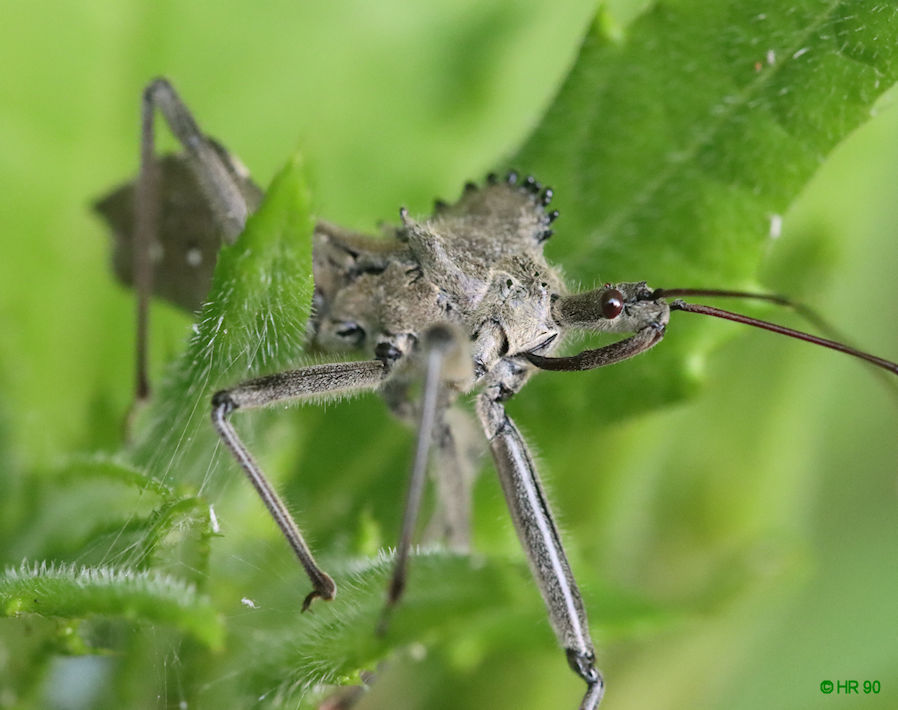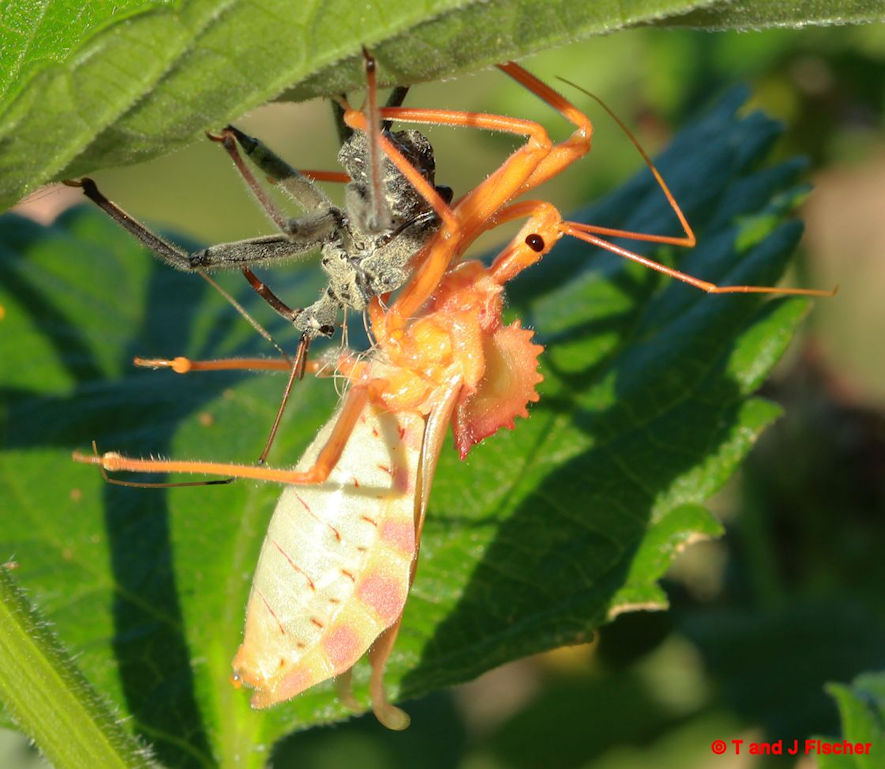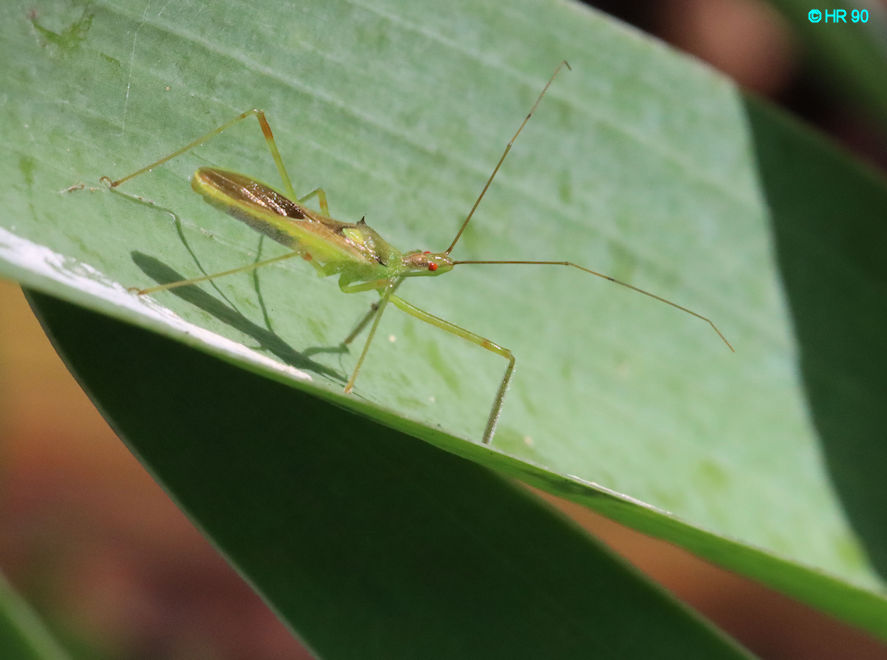|
|
|
Oncopeltus fasciatus is the Large Milkweed Bug or one of them (yes there is a Small Milkweed Bug). Certainly this is a common one. I don't think I've ever seen them on anything other than a milkweed plant. These are attempting to create more milkweed bugs. |
|
|
|
And they certainly enjoy a fat milkweed pod. Which is sort of remarkable because I don't believe they are very tasty. To each his own. You can barely see the pod beneath this milling crowd. |
|
|
|
Because of the food choice, this is likely a true bug and not another small beetle. I have no idea what its name is. I just like its tenacity in the face of a fine snack. |
|
|
|
The Wheel Bug is a very nasty true bug predator, Arilus cristatus. It is a member of the Reduviidae family. This one has taken a bumblebee in some Russian Sage. The sage was buzzing with bumbles and these Wheels were just helping themselves. There were several. They have a nasty looking sword of a suckertool which can give a really painful bite. It injects a neurotoxin into its victim (or into us). This relaxes the poor bumble and allows easy drainage without struggle. |




















